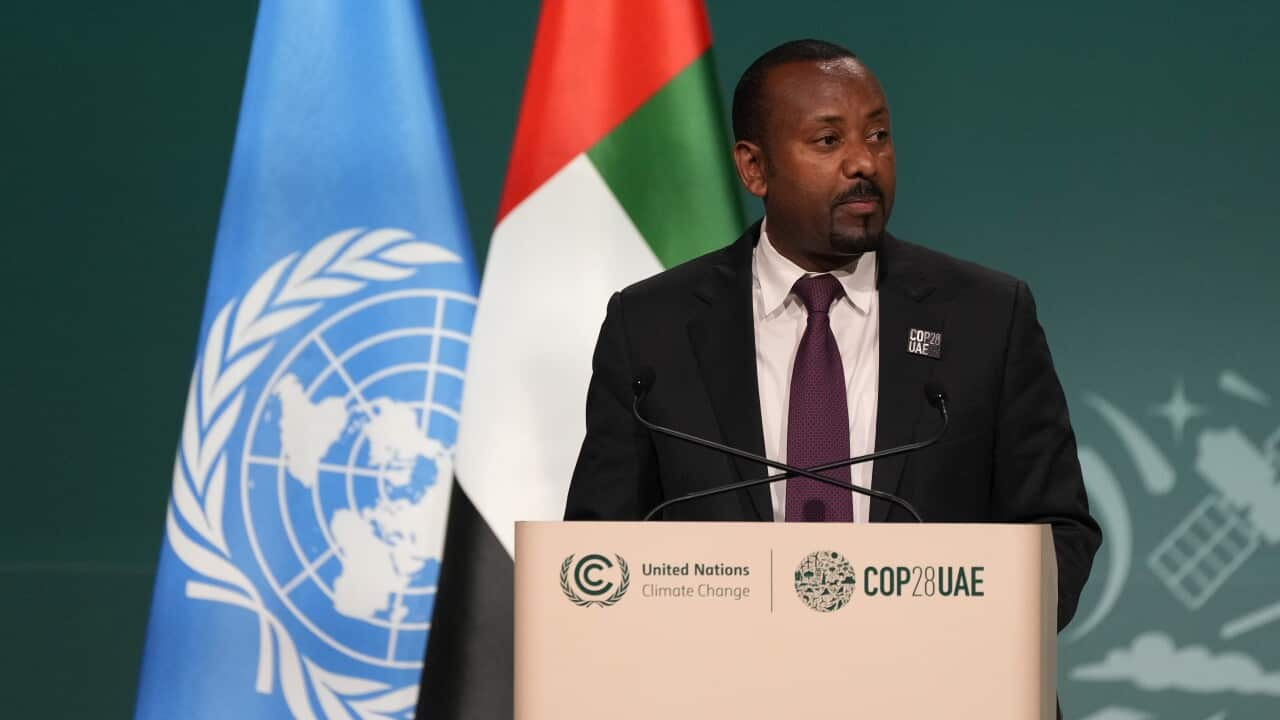The longest US government shutdown in history appears poised to be over, ending the 43-day standoff that paralysed Washington and left hundreds of thousands of workers unpaid.
The country’s House of Representatives convened for a session on Thursday (AEDT) for the first time since 19 September, to decide on a deal that can put an end to what its speaker Mike Johnson has described as “the long national nightmare”.
“My urgent plea of all my colleagues in the House, that means every Democrat in the House, is to think carefully, pray and finally do the right thing,” the Republican said.
The shutdown started on 1 October, after Republican and Democratic proposals to fund the government failed in the Senate.
The Democratic proposal featured continuations for healthcare subsidies, while the Republican bill aimed to maintain government funding at existing levels until 1 November.
On Monday, eight Democrats defied their party leadership to pass legislation that extends funding for most agencies until 30 January, sparking speculation of a deal between the parties on the government’s funding package.
What’s in the deal to end the shutdown?
The package doesn’t include any updates on the healthcare subsidies, which were one of the primary demands by the Democrats.
But on the other hand, it will prevent President Donald Trump from mass-firing federal workers until 30 January, while also allowing for temporary governmental funding.
Nearly 300,000 of the 2.2 million federal government workers have been laid off or pressured to leave their jobs this year, as part of Trump’s campaign to downsize the US government.
It also provides back pay for those federal workers whom Trump tried to fire, as well as some state workers who were furloughed when the shutdown disrupted their pay.
It does not explicitly address other federal workers, who are guaranteed back pay when the government reopens under a 2019 law.
The package provides funding for military construction, veterans’ affairs, the Department of Agriculture, and Congress until next year, with the remainder of the government funded through the end of January.
The bill ensures that the Supplemental Nutrition Assistance Program (SNAP) food aid program, which helps 40 million Americans purchase groceries, will continue uninterrupted even if Congress shuts down the government again before September 2026.
The current shutdown has caused significant disruption to SNAP payments, leaving them uncertain and unresolved.
What still needs to happen?
The bill, which has been passed in the Senate, now has to be approved in the House of Representatives — where Republicans hold a narrow 219-213 majority.
Hakeem Jeffries, the House minority leader, said his “strong expectation is that Democrats will strongly oppose” the bill.
That means losing only two votes might result in a loss for the Republicans on the bill. However, Trump’s support for the bill is expected to keep his party together to vote for the bill.
During a Veterans Day speech, Trump said: “We’re opening up our country. It should have never been closed.”
Voting on the bill to end the shutdown is expected at around 7 pm local time on Wednesday.
What will happen after the bill passes?
If the House approves, the bill will go to Trump’s desk to be signed into law, and then the US government can reopen.
Trump’s press secretary Karoline Leavitt said the president hoped to sign the bill ending the shutdown. Also on Monday, when asked if he would personally approve the deal, Trump told CNN, “I would say so.”
If the bill is signed by Trump, around 670,000 furloughed civil servants will return to work, and a similar number who were retained at their posts without compensation, including more than 60,000 air traffic controllers and airport security staff, will receive back pay.
Additional reporting by Reuters news agency and Agence France-Presse.






